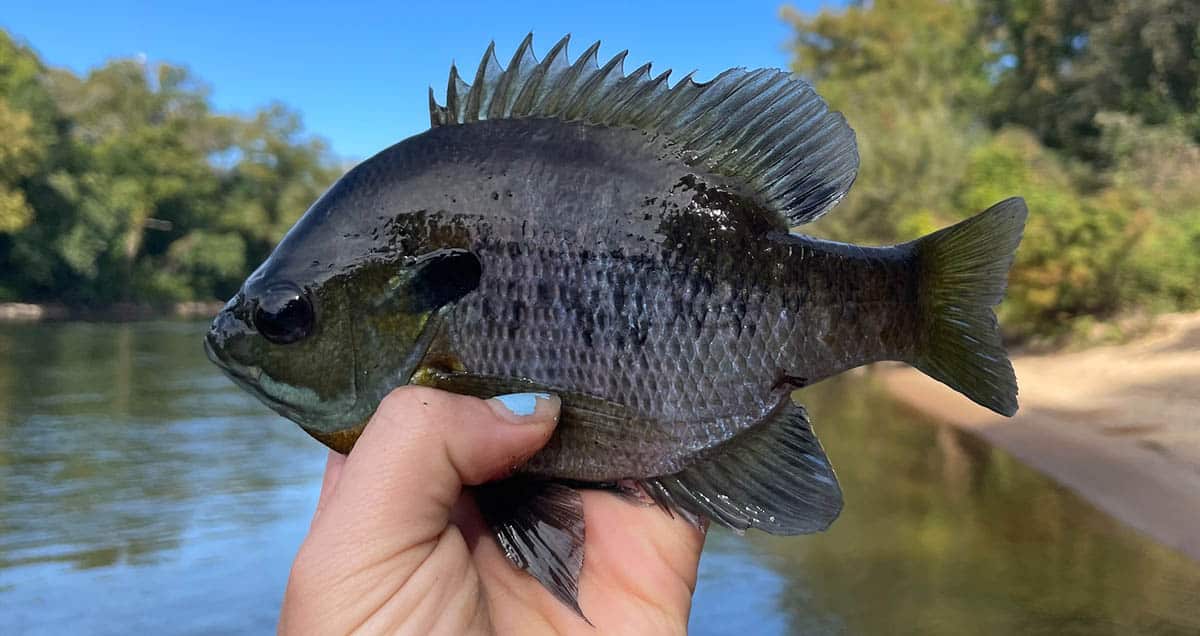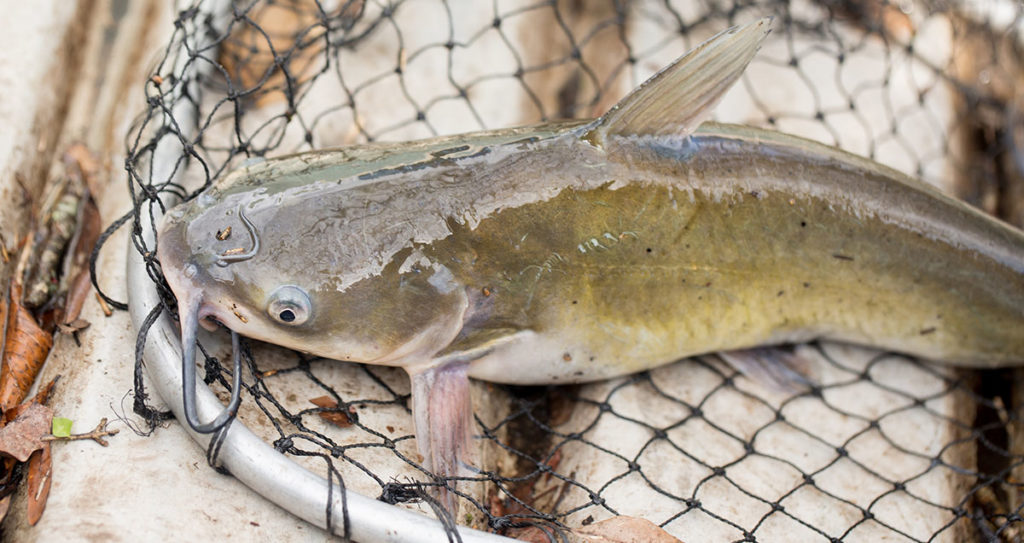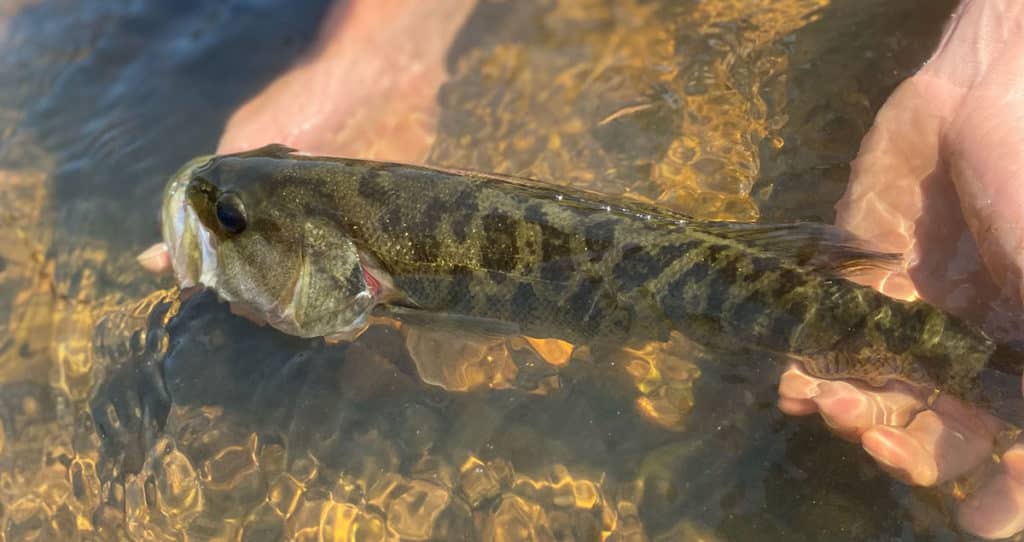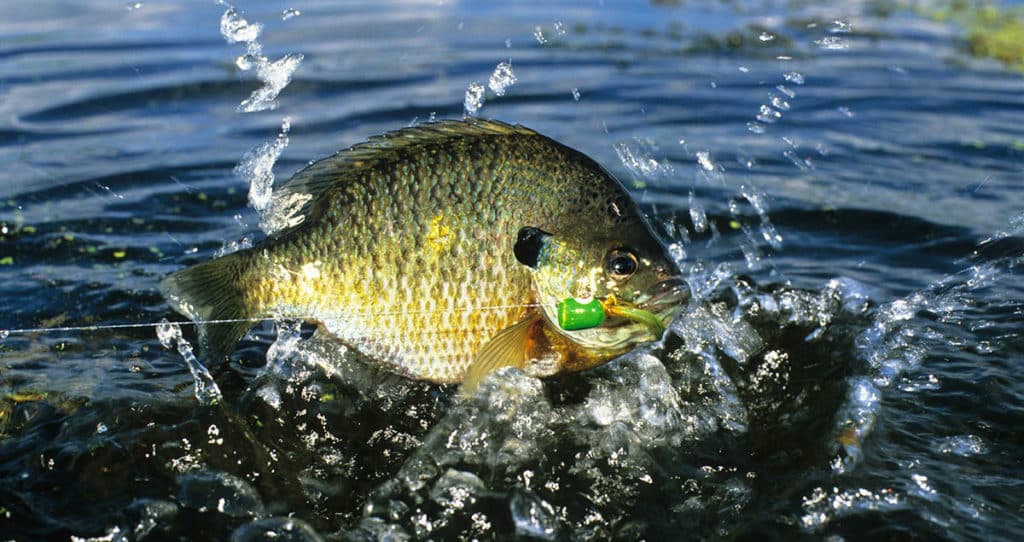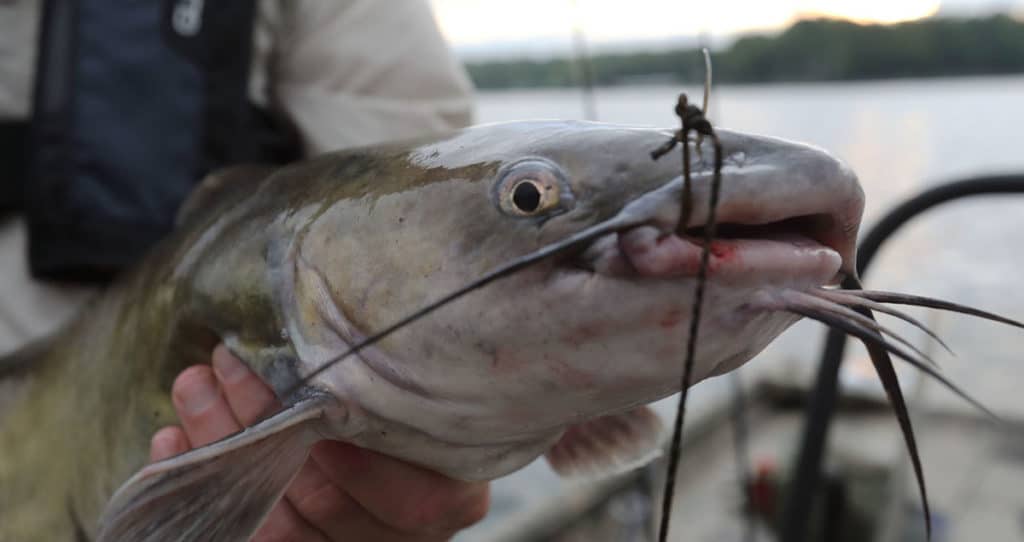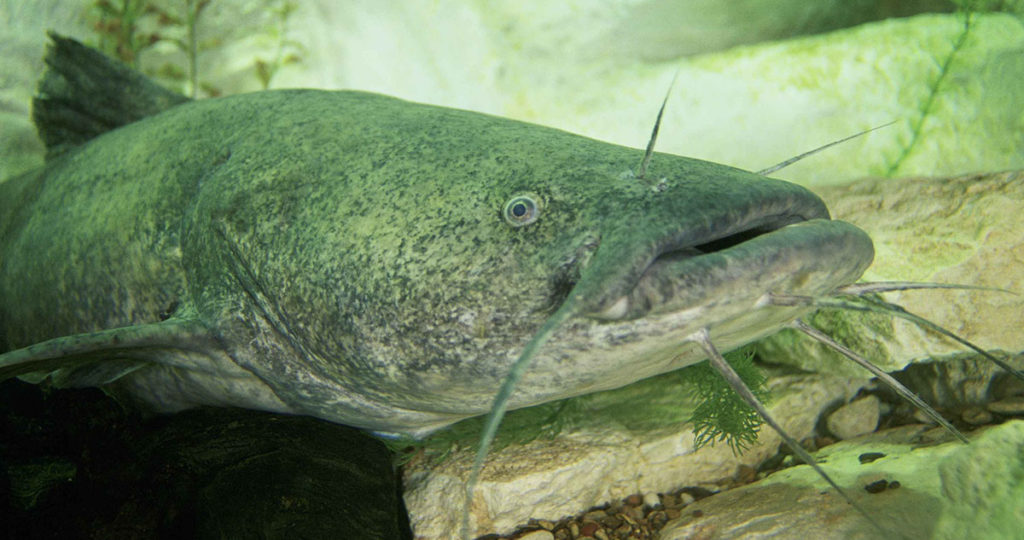I’m guessing that given the choice, most of us would spend a little more time fishing and a little less time working. But until I hit the winning lottery numbers, I’ll just have to make the most of the free time I have. And since my time is limited and I have other responsibilities to attend to, I try to fish the most productive times.
When it comes to the best times to catch bluegill, there are a few variables we need to look at. The first is the time of day. Certain times of the day are better than others. And if that’s what you’re looking for, we have you covered.
But you may be more interested in the best time of the year to catch bluegill. If that’s the case, we’re going to discuss that as well. In fact, we’ll do a season-by-season breakdown of the best ways to catch bream during each timeframe.
Best Time of Day to Catch Bluegills
The best time of day to catch bluegills is between dawn and dusk. Bluegills are sight feeders. Their eyes are adapted to picking out small, moving insects in bright light, so they do the bulk of their feeding during daylight hours. There’s no sense in wasting any nights trying to catch bluegills. Save that for the catfish!
But just knowing bluegills feed during daylight hours doesn’t really narrow things down for us. That’s okay. The truth is, you can catch bream all hours of the day. Any time you can get out to go fishing can be a good time to catch bluegill. Having said that, early mornings and late evenings are often best during the warmer months of spring and summer. As the temperatures drop and the water cools, prime feeding activity can shift more toward midday.
Best Time of Year to Catch Bluegills
If you’re looking for the best time of year to catch bluegills, then the answer is without a doubt spring and early summer. As water temperatures reach 70 degrees in the spring, bluegills move to shallow water and begin to spawn. The males will create their spawning beds in the shallow water, often in large colonies, for the females to lay their eggs. These beds are easily recognized as multiple basketball-sized depressions in the bottom of the pond or lake.
This spawning period can last into early summer, and is the absolute best time to catch big, male bluegills because they aggressively guard their beds. This time of year, you can catch them on both live bait and an assortment of lures.
With that in mind, let’s take a season-by-season look at how to catch bluegill.
Spring
As I mentioned earlier, spring is when bluegills spawn. That means most of the time you’ll find them in shallow water guarding their beds. Catching spawning bluegills is pretty straightforward this time of year – just fish those beds.
For live bait users, you should cast your bait beyond the beds and slowly ease it over them. You don’t want to cast directly into the beds because the commotion created by your bait and bobber hitting the water may scatter the fish.
Fishing with a jig or lure is similar, casting beyond the beds and slowly reeling or bouncing your bait through the beds.
Summer
Summer is a transitional time for bluegill fishing. Early in summer, the fish will still be spawning, so the same techniques that worked in spring will still work. As the water continues to warm, however, bluegills will finish their spawning and move toward deeper and cooler water.
During the late summer months, fish for bluegill in 10 to 20+ feet of water around along the edges of weed beds, around standing structure, or near terrain transitions where the bottom drops into deeper water. Slow drifting baits at multiple depths through these areas can help you pinpoint good locations and the right depth for a stringer full of big bluegills.
Fall
When the waters cool once again, bluegills will move back into shallower water. Focus your efforts in areas with five to 10 feet of water, although you can certainly find them shallower at times. Like late summer fishing, they will still have an affinity to any kind of structure, including standing timber, shoreline brush or the edges of weed beds.
The bluegill bite can be aggressive in the fall, and you can use the same types of baits and techniques that you did in the spring and early summer. Fall can be a great time to haul in a mess of southern bream!
Winter
While most people don’t go to the effort of fishing for bluegills in the winter, you can certainly catch them at that time of year. Keep in mind the colder temperature and water slows the fish down, and the need to feed decreases. That means you’ll need to use small baits, be very patient, and pay extra attention to your rod and line, because the bite will probably be very subtle. Worms fished right on or near the bottom work best this time of year.
Summary
What it all boils down to is that there’s never a bad time to fish for bluegill! As long as the sun’s up, you have a good chance of catching fish. Obviously there are times of the day and the year when the fishing is best. For bluegill, that’s mornings and evenings during the spring and early summer when the fish are spawning, easy to find, and the males are particularly aggressive towards anything that nears their bed.
No matter what the season, though, carve out some time to hit your favorite bluegill hole. Even if the fish are biting, you’ll be glad you slowed down and spent some time out in God’s great outdoors. I always do.

